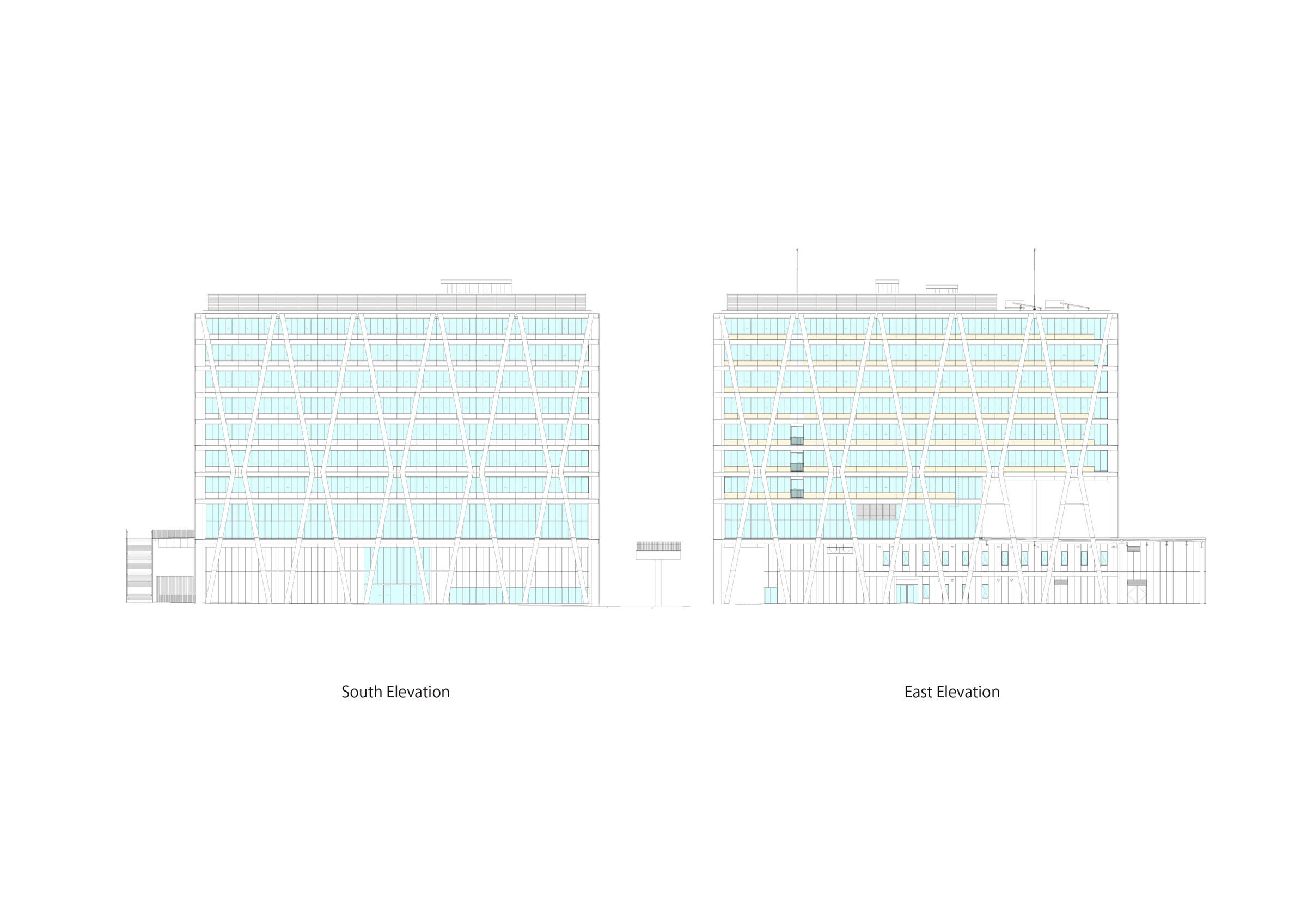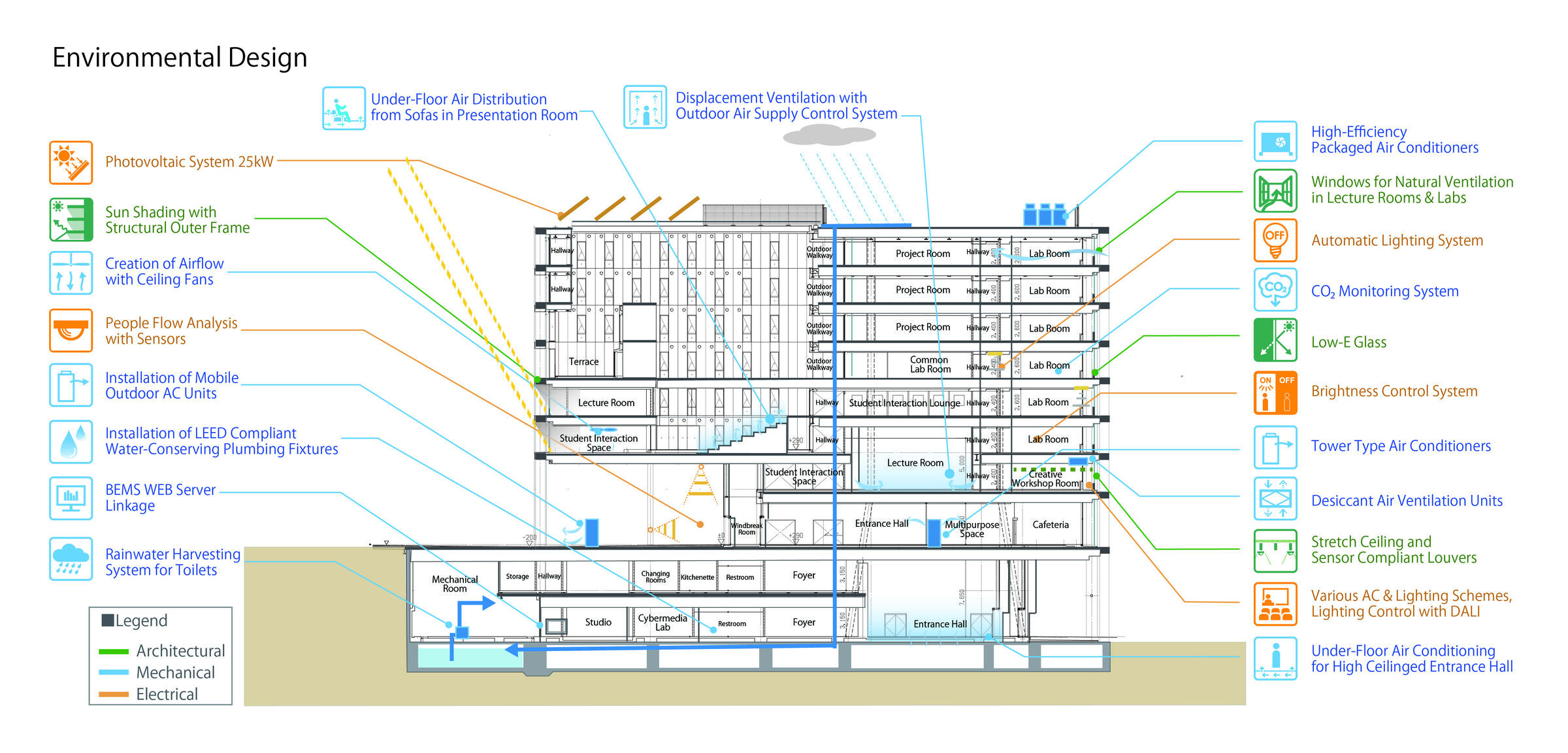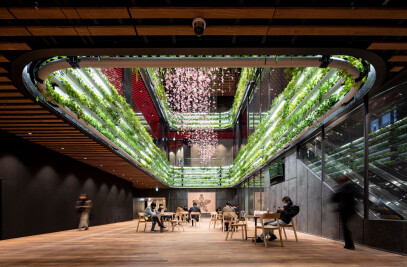A campus that interacts with local people
The Minoh Campus is a center for research on world languages, cultures, and societies, and for disseminating Japanese language and culture to the world through international student education. The campus is not only a center for academic exchange to co-create new knowledge through international symposiums and citizen forums; it also serves as a nexus for interaction with the local community through events such as the Minoh International Festival and through public access to the cafeteria and pilotis.


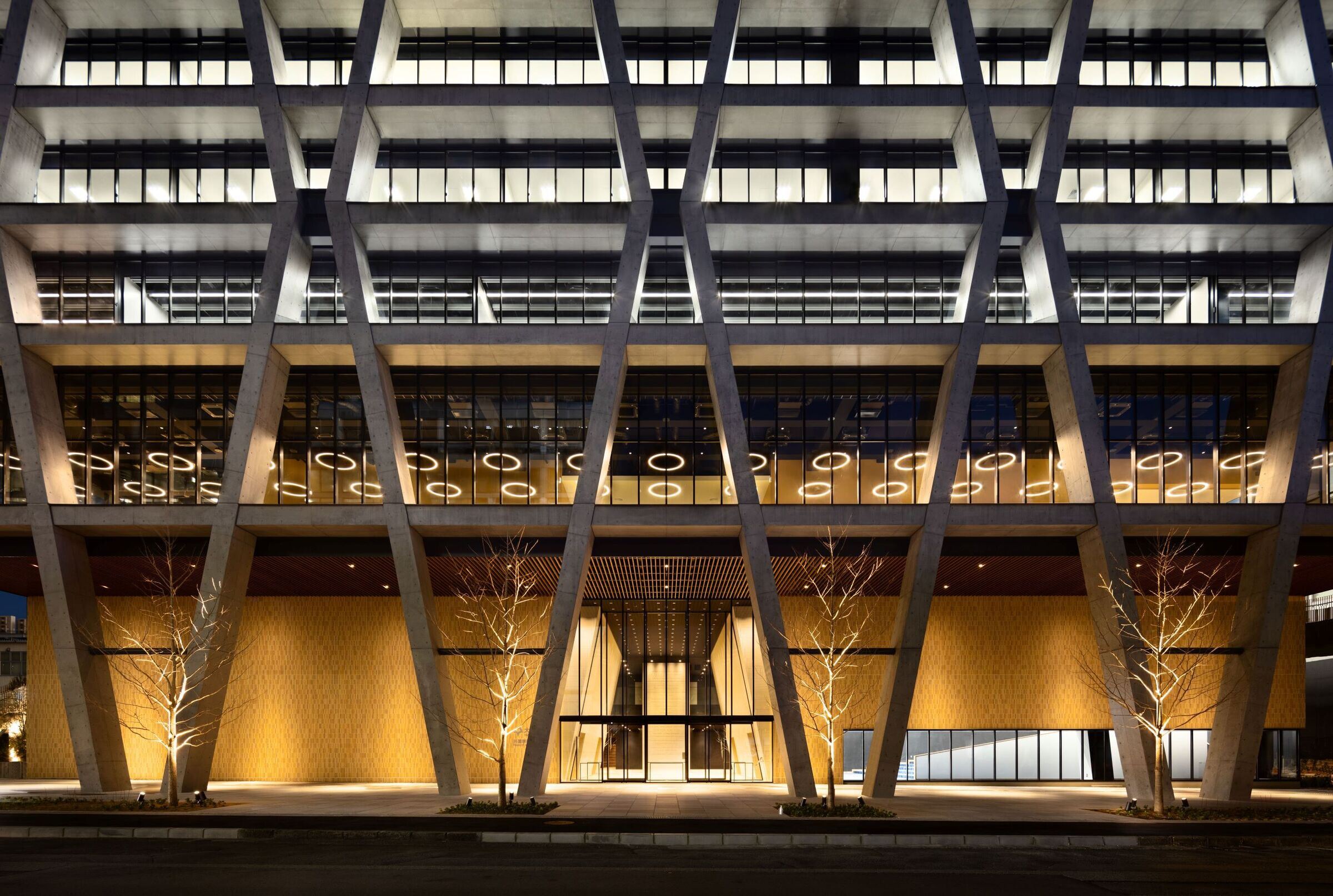
Osaka University operates the adjacent municipal library and lifelong learning facilities. These represent Japan’s first attempts at joint university-municipal cooperation in providing services to both students and citizens. Through this effort, citizens are exposed to many foreign-language books, and students can access broader reading materials at the university library.
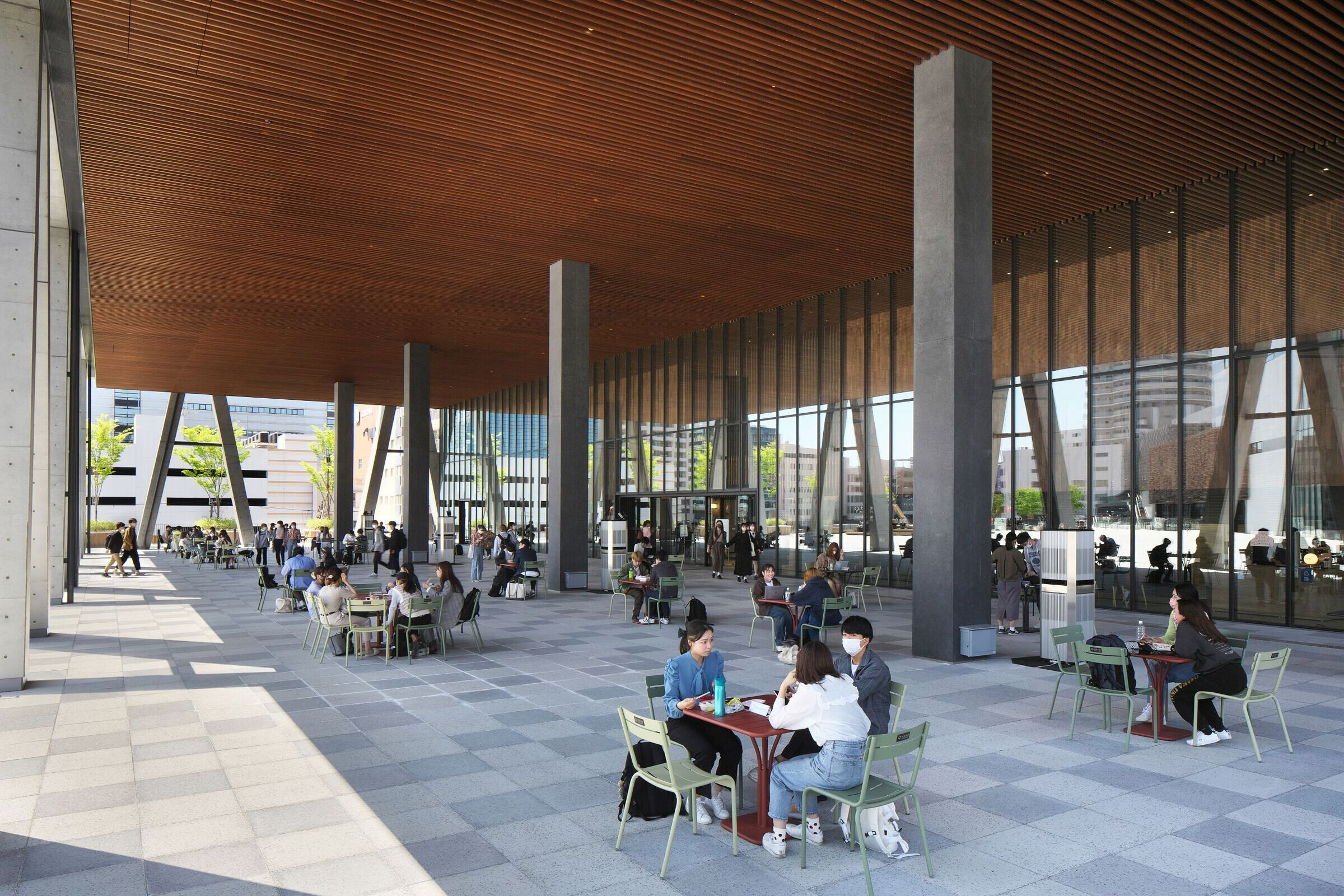
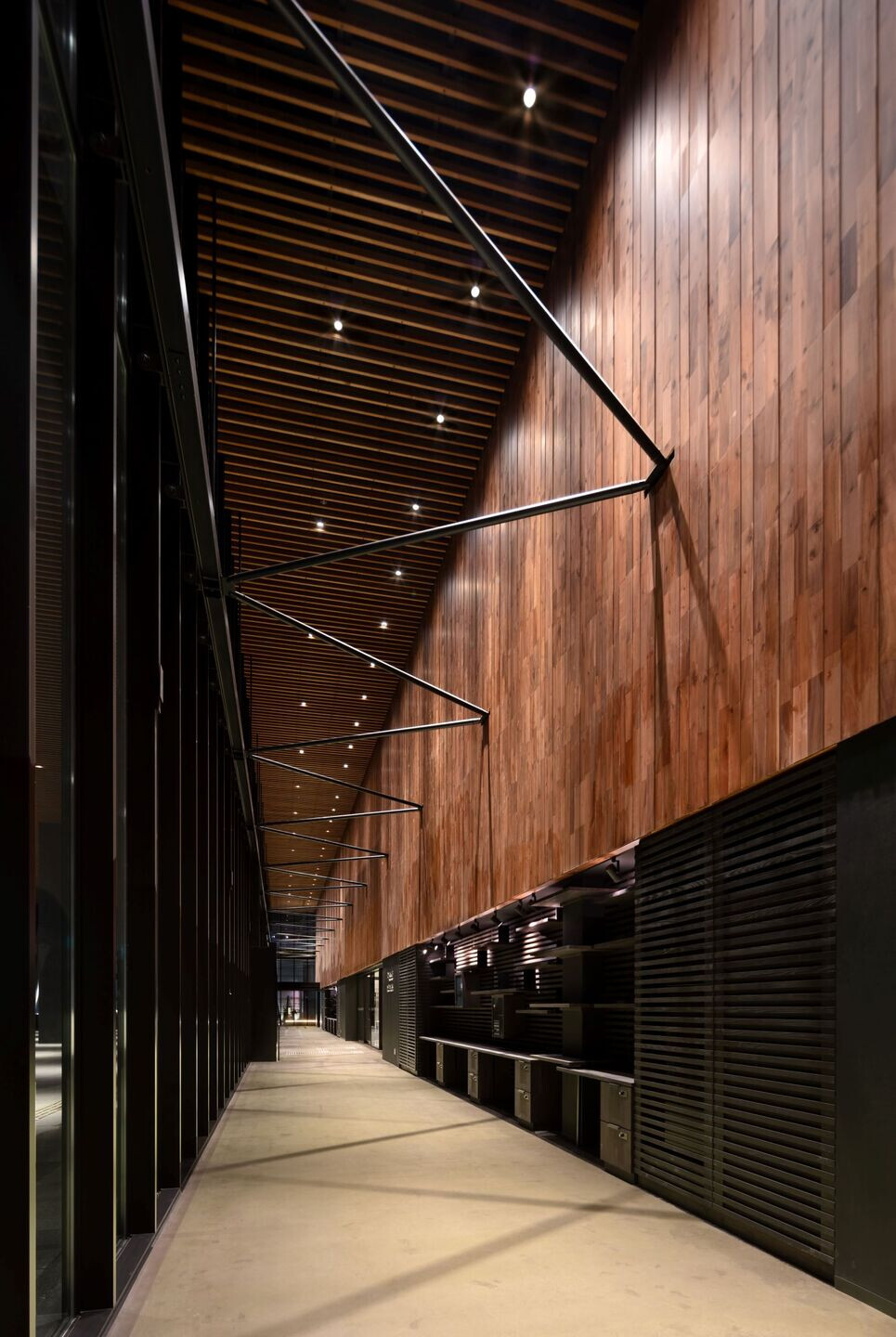
From the planning stage, the university has actively collaborated with the city and local businesses to envision plaza and promenade public spaces, and led the way in developing a new community in the Minoh Semba area. The dynamic architectural form and the plaza, integrated with the pilotis, have yielded a lively student and citizen activity space, garnering solid praise from the general public.

Global Campus
The campus consists of the Research and Education Hub, student dormitories, and a library and lifelong learning center. Approximately 3,500 students and faculty members live there, led by the School of Foreign Studies, which features 25 language majors (one of the largest selections in Japan), and the Center for Japanese Language and Culture. The Center provides basic education in Japanese language and culture to government-sponsored international students, who hail from some 50 countries each year. The center aims to create a campus where multinational students can live and study together in the city and interact daily with other cultures and the local community. Interactive spaces are located indoors, outdoors, and throughout the campus.

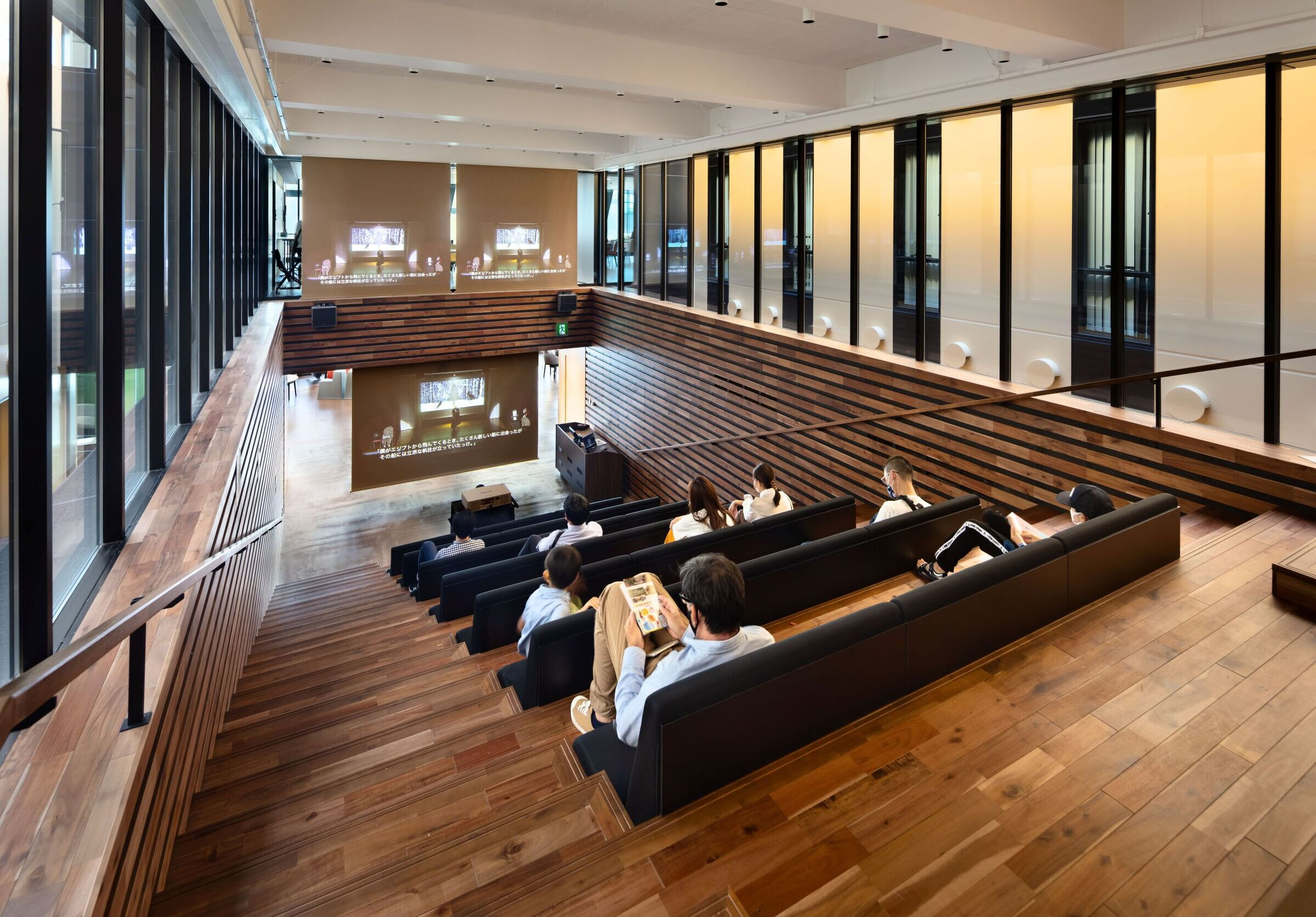
World standard sustainable development
The university acquired LEED, the global environmental certification, in order to communicate to the world that Japanese national universities are taking responsibility for implementing sustainable initiatives that include environmentally friendly building and urban development, as well as social equity and community contribution. The Research and Education Hub was awarded LEED-NC GOLD certification, while the district including the dormitory achieved LEED-ND GOLD certification. LEED-ND requirements include energy and resource conservation, access to public transportation, openness to the community, and pedestrian comforts (“walkability”) features such as tree-lined streets. This is the first university campus in Japan to meet these criteria at a high level.

A ‘living laboratory’ campus
Based on the concept that the university itself functions as a laboratory for society, the campus is intended as a place for joint research with companies and for solving social issues such as urban development. As a new experiment in the fields of information sciences and environmental studies, the campus also serves as a data collection point. By introducing facilities that alter the physical environment, optimal solutions to suit class style were sought for temperature and airflow, lighting color temperature/intensity, and smells and sounds. In addition, by installing motion sensors, data collection experiments are conducted in order to create a comfortable educational environment, such as a system that automatically adjusts space comfort in response to human activity.
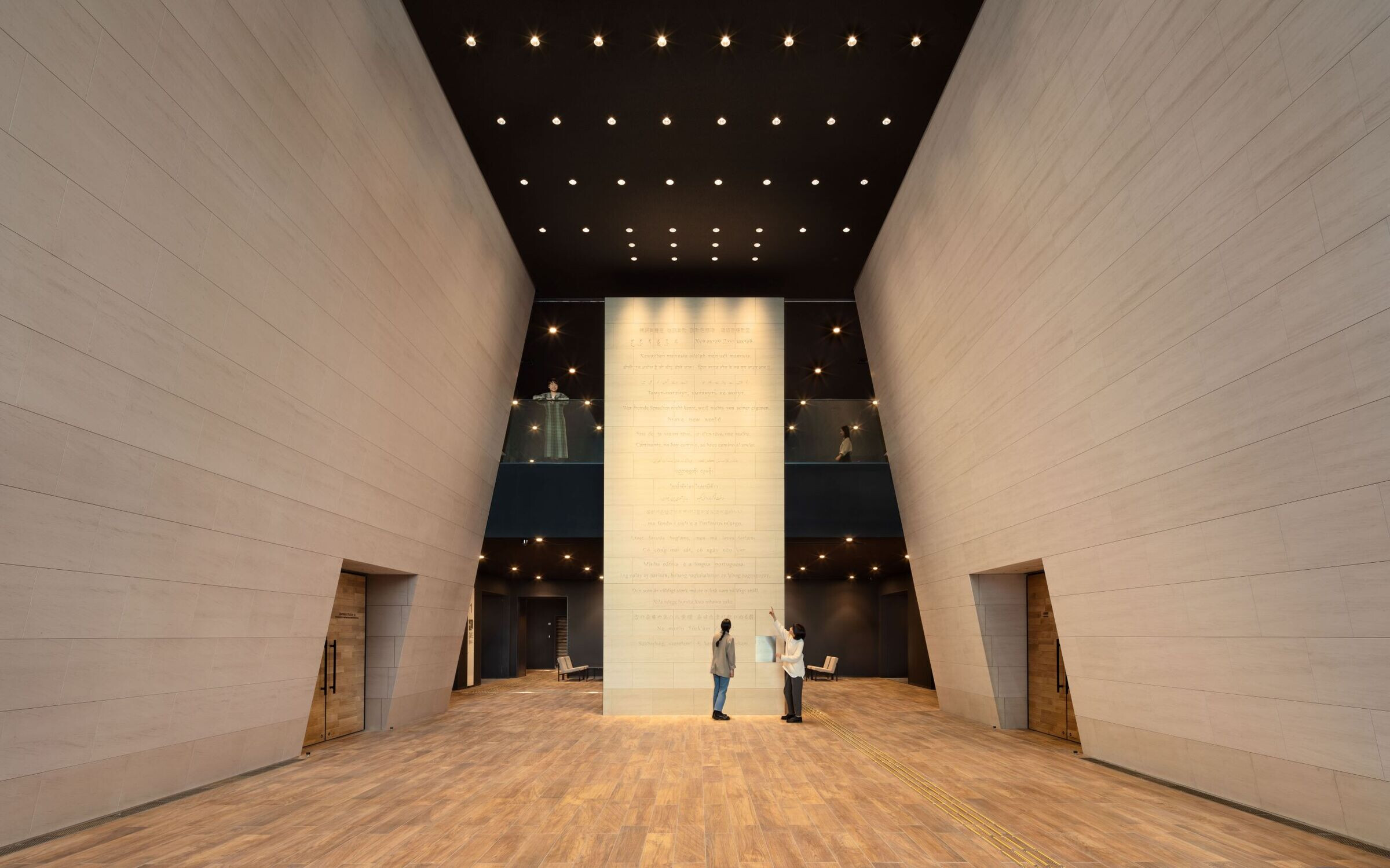
Eliminating boundaries and opening to the city
In a new urban campus where learning, gathering, and living are integrated, the university must be open to, coexist with, and create synergies with society. This idea is in line with Osaka University's motto, "Live in the community, grow in the world." The plan calls for eliminating physical boundaries and integrating rich open spaces with public spaces to create a communal space. The cafeteria and cafe are open to the public and promotes daily community interaction.

A new city face
Since the site is located at the end of a promenade, a symbolic façade that serves as the "face" of the redevelopment area was sought, along with a form representative of both the location of the former local textile district and the university's 100th anniversary slogan: "Omoi, tsunagaru, tsumugiau (Connecting and weaving together thoughts and feelings).” Using the keyword tsumugu (“to weave”), a structural frame was created that resembles people holding hands and fibers being woven together, evoking strength and character.
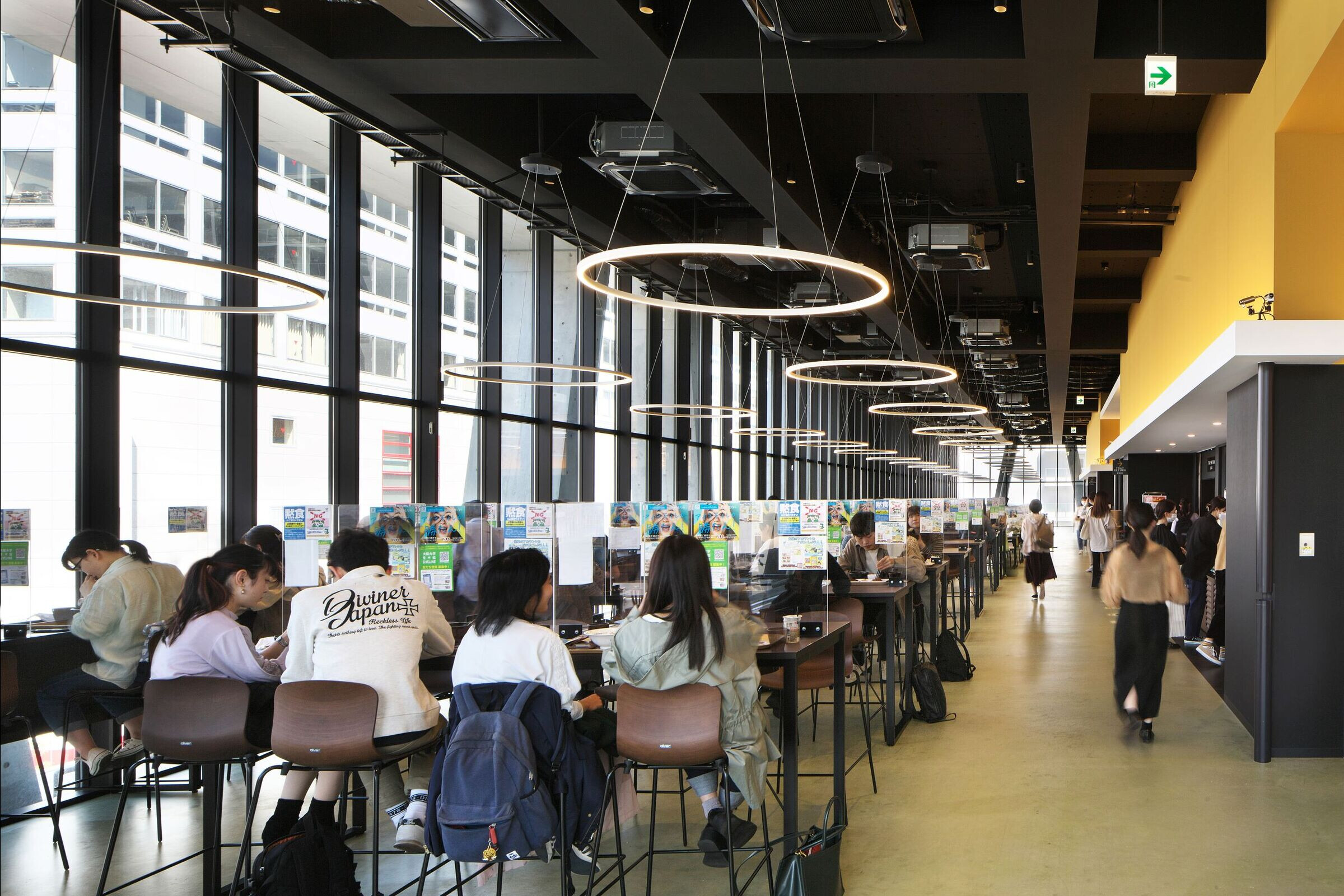
In an environmentally conscious approach, structural columns and beams were flattened and moved outward from the exterior walls for sun shading.
The yellow color of the exterior walls and interior is a reference to ginkgo biloba, which adorns the Osaka University emblem.
Solid wood was used for the pilotis eaves and the wall in front of the third-floor entrance to lend “human scale” warmth to the foot of building.

Internal frame structural system without load bearing walls
All quake-resistant components are concentrated in diagonal columns around the perimeter of the building. A flexible internal frame structural system without load bearing walls was created, and about 400 rooms of various sizes were freely arranged. The elimination of pillars from the room interiors allows ample latitude for space creation.

Creating a space that stimulates students' desire to learn
In the center of the 5th and 6th floors where the lecture rooms are concentrated, dual-layered learning and interaction spaces were created to accommodate student study styles and stimulate their desire to learn. A circular plan organically connects the classrooms and the interaction spaces.
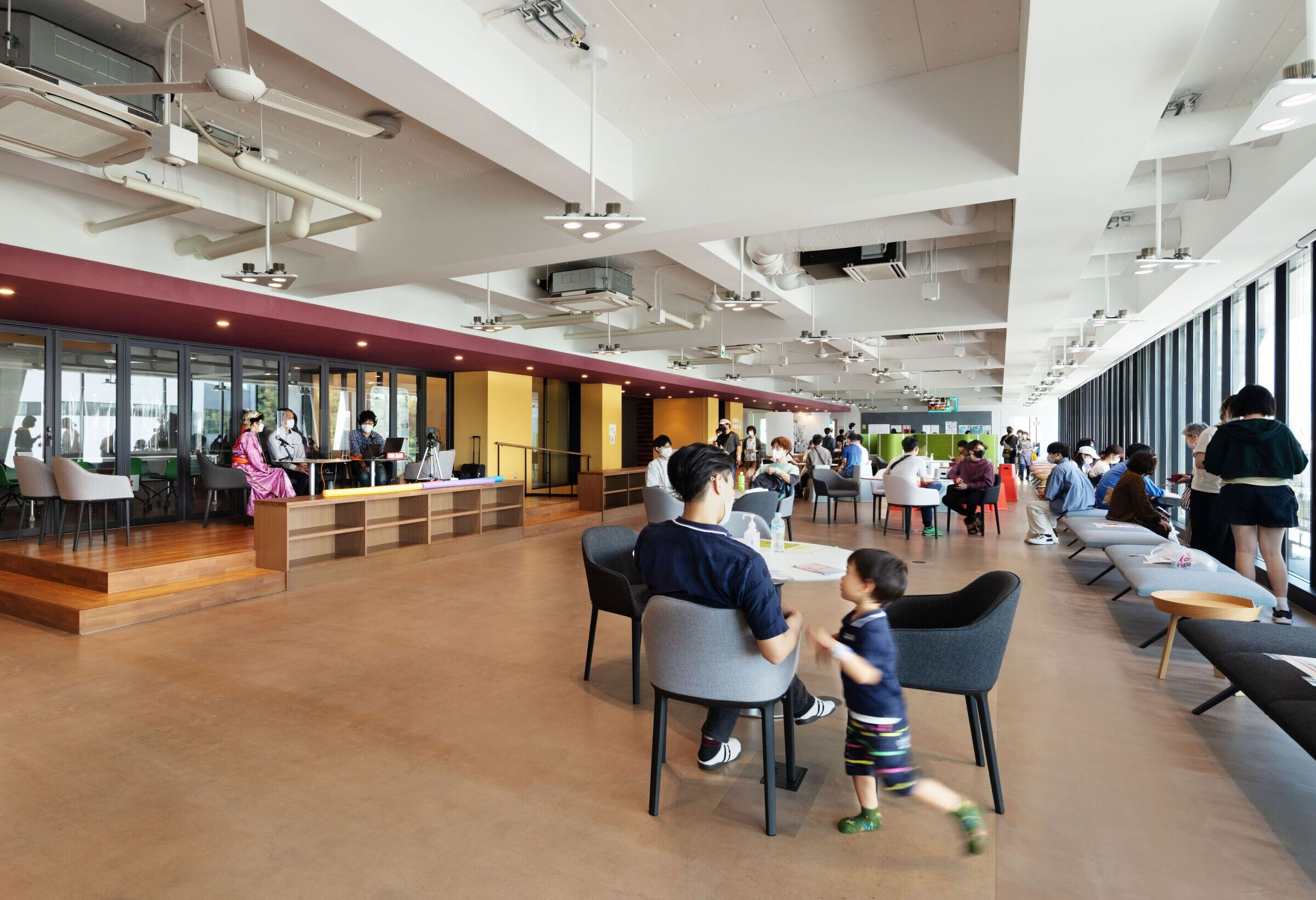
1. Project Details
Project name: Research and Education Hub, Minoh Campus, Osaka University
Purpose: University
Location: Osaka, Minoh City
Site area: 5999.97m2
Total floor area: 24,896.54m2
Number of floors: +10
Eave height/maximum height. 39.67m/ 40.07m
Main structure: Steel reinforced concrete, steel
Completion month/year: December 2020
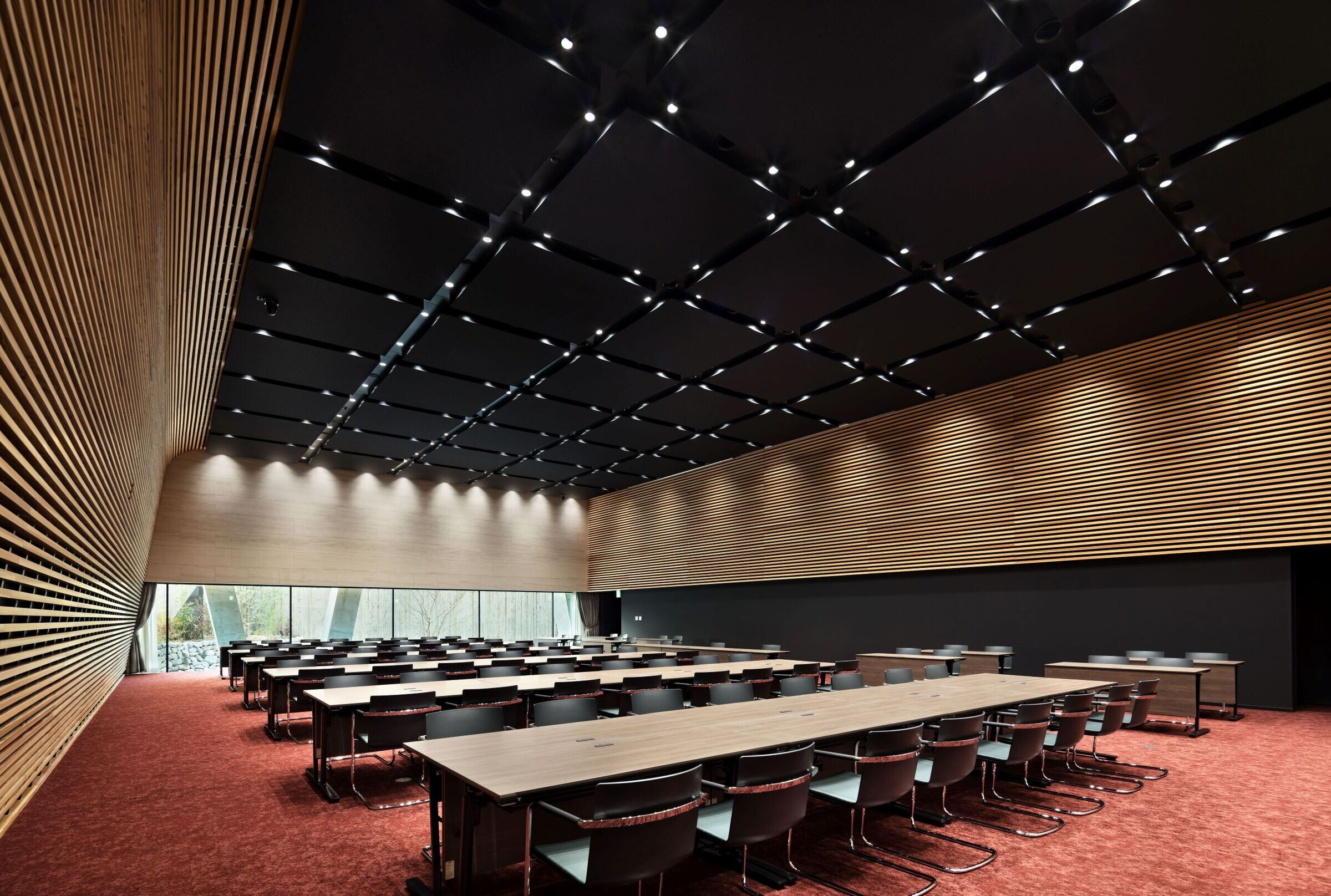
1. Credits
Client name: Osaka University
Lead architect: Nikken Sekkei Ltd
Main scope: Concept design, schematic design, design development, construction supervision
JV, joint design, supervision, consulting, etc.: Design supervision= Osaka University Sustainable Campus Office (Satoshi Yoshioka, Yoshiaki Ikeuchi) + Osaka University Department of Facilities
Construction Contractor: Architecture= Shimizu Corporation; Electrical= YONDENKO CORPORATION; Mechanical= SANKEN SETSUBI KOGYO CO., LTD.
Photo credit 1: Yasuhiro Inazumi
Photo credit 2: Kazuaki Michishita
